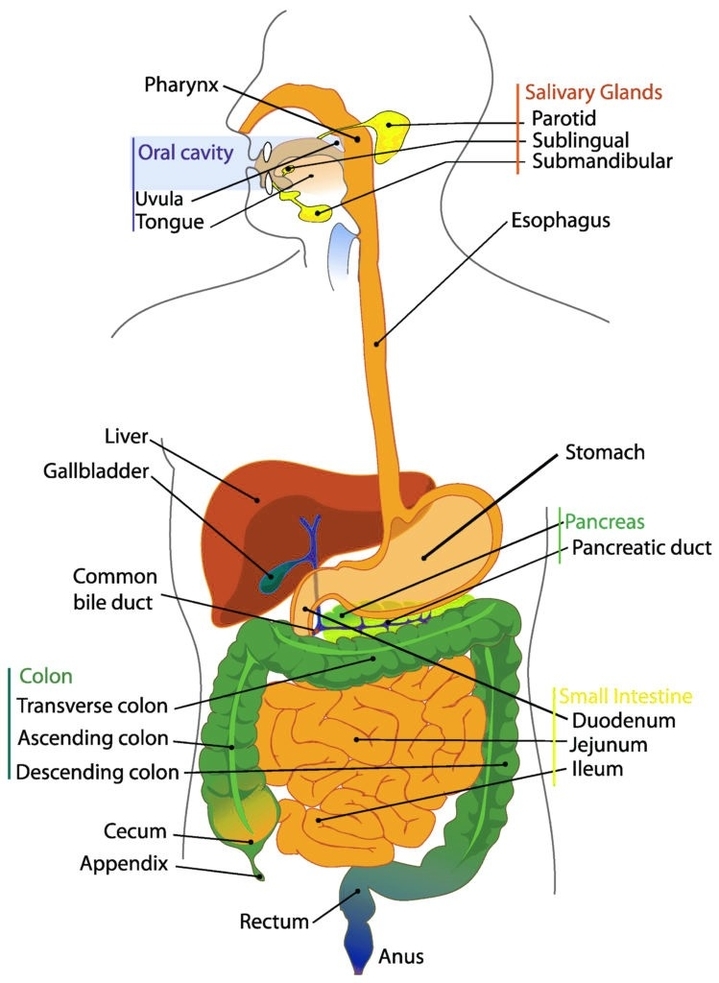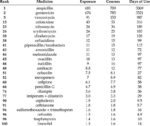Overview of the Digestive System
The digestive system is a complex network of organs that work together to break down food, absorb nutrients, and eliminate waste. It is composed of the gastrointestinal (GI) tract, also known as the digestive tract, and the liver, pancreas, and gallbladder.
The GI tract is a series of hollow organs joined in a long, twisting tube from the mouth to the anus. The hollow organs that make up the GI tract are the mouth, esophagus, stomach, small intestine, large intestine, and anus. The liver, pancreas, and gallbladder are the solid organs of the digestive system.
The small intestine has three parts: the duodenum, jejunum, and ileum. The large intestine includes the appendix, cecum, colon, and rectum. The appendix is a finger-shaped pouch attached to the cecum. The cecum is the first part of the large intestine. The colon is next. The rectum is the end of the large intestine.
Bacteria in your GI tract, also called gut flora or microbiome, help with digestion. Parts of your nervous and circulatory systems also help. Working together, nerves, hormones, bacteria, blood, and the organs of your digestive system digest the foods and liquids you eat or drink each day.
Digestion is important because your body needs nutrients from food and drink to work properly and stay healthy. Proteins, fats, carbohydrates, vitamins, minerals, and water are nutrients. Your digestive system breaks nutrients into parts small enough for your body to absorb and use for energy, growth, and cell repair.
Each part of your digestive system helps to move food and liquid through your GI tract, break food and liquid into smaller parts, or both. Once foods are broken into small enough parts, your body can absorb and move the nutrients to where they are needed. Your large intestine absorbs water, and the waste products of digestion become stool. Nerves and hormones help control the digestive process.
In conclusion, the digestive system is a vital part of the human body. It is responsible for breaking down food, absorbing nutrients, and eliminating waste. Without it, our bodies would not be able to function properly. It is a complex system that requires all of its parts to work together in order to function efficiently.


